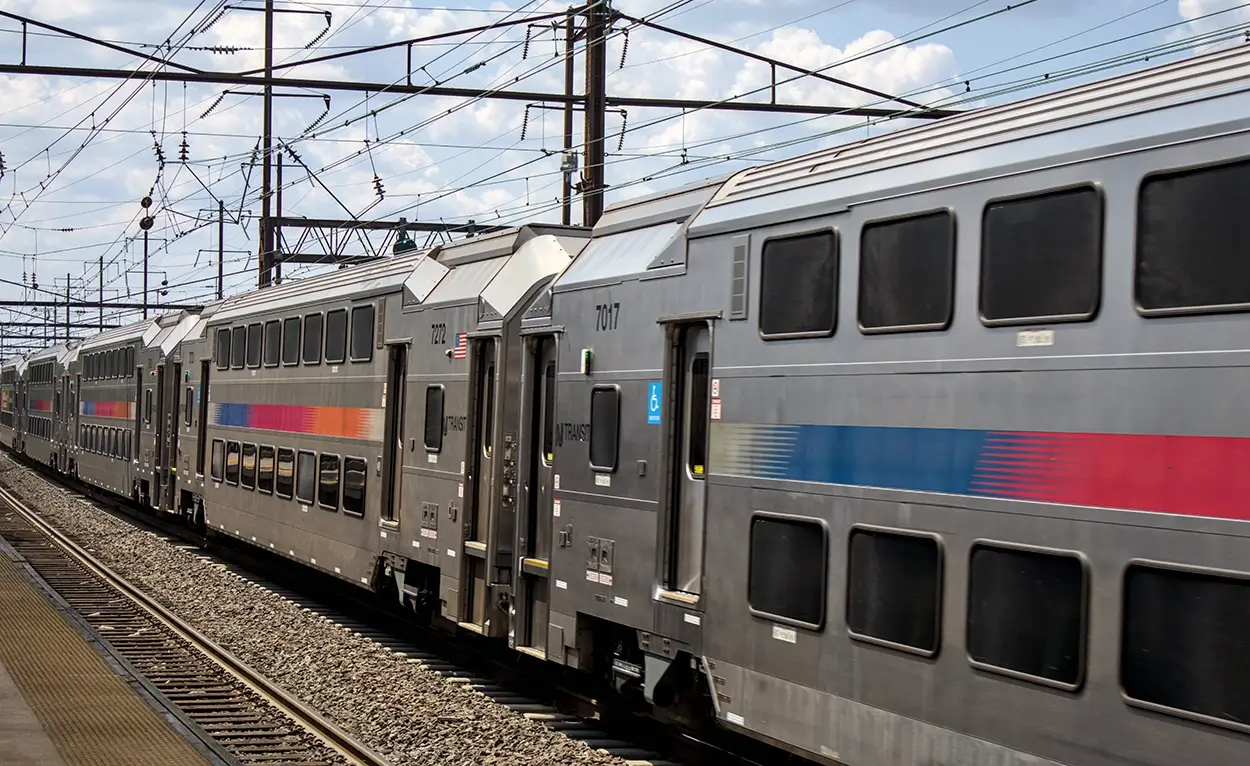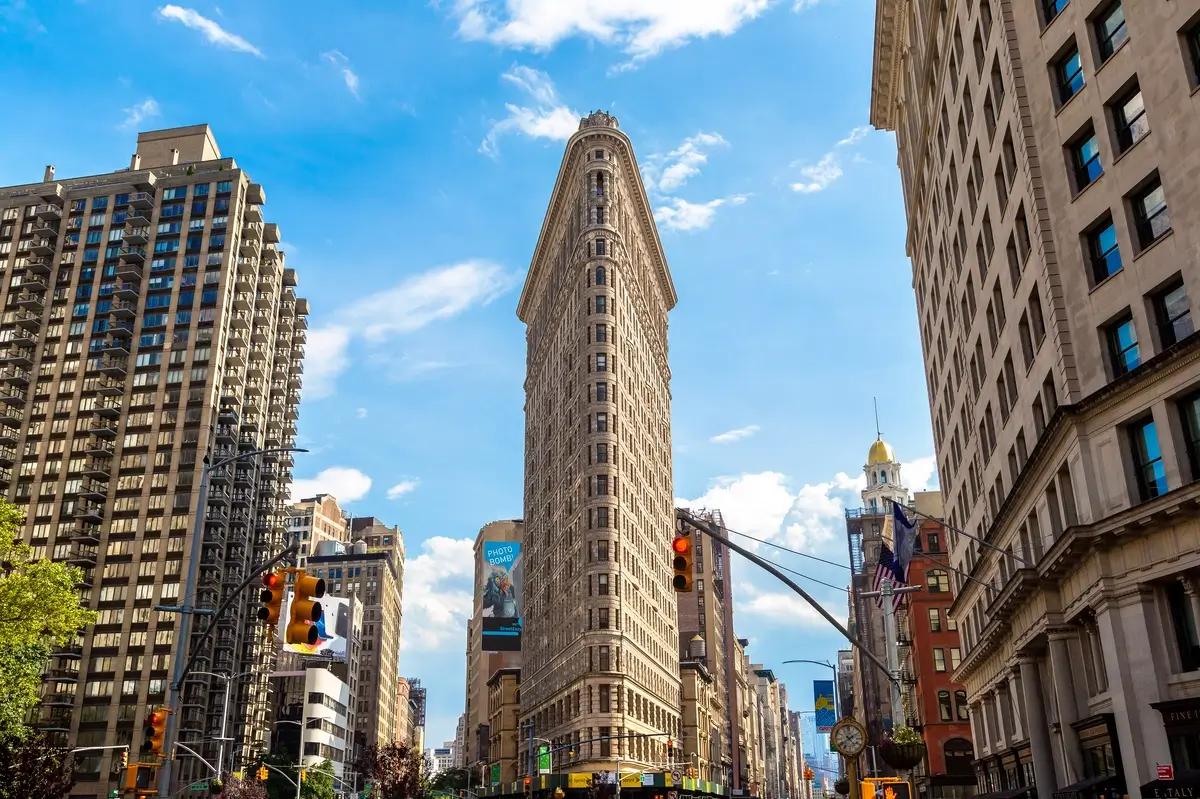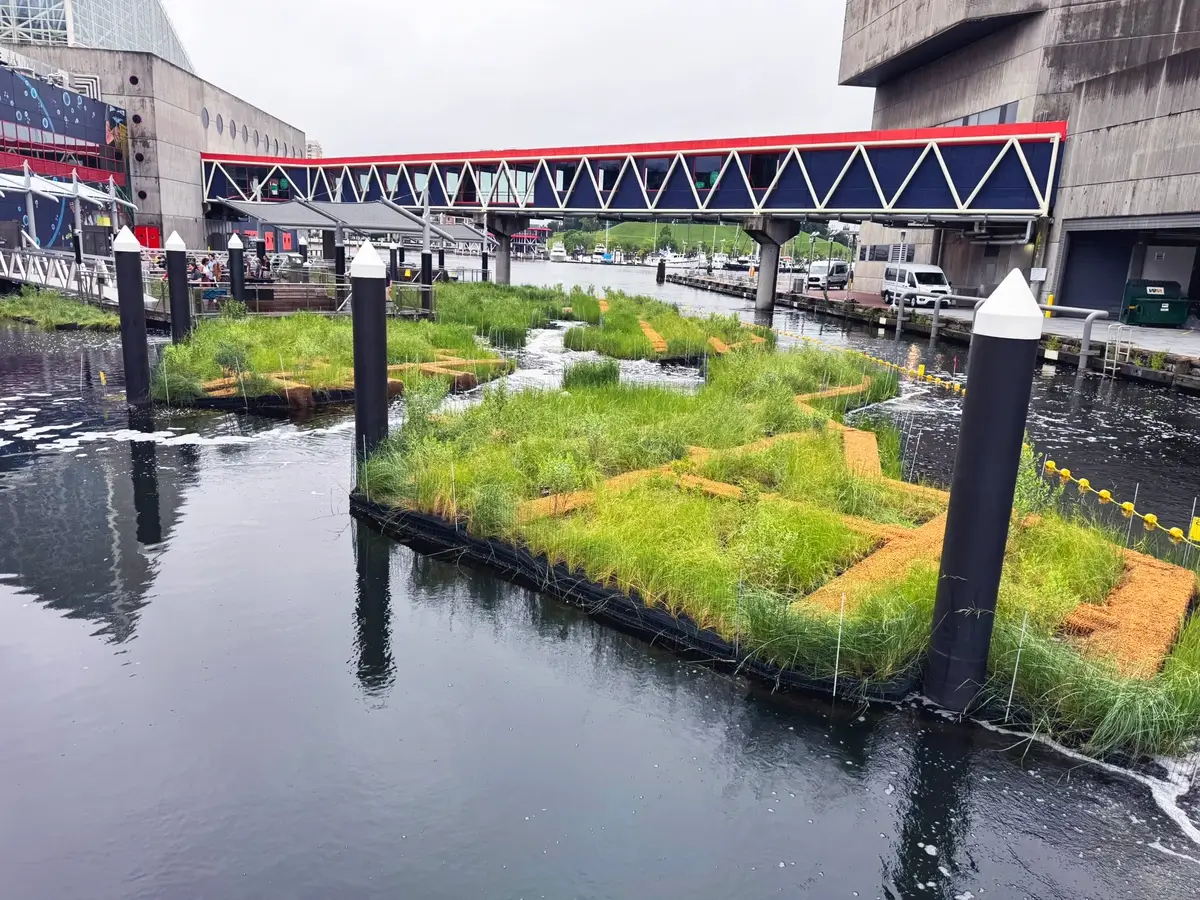Currently, New Jersey is experiencing a warehouse development boom with South Jersey becoming a central hub for new construction and adaptive reuse projects. Home to one of the busiest ports in the nation and centrally positioned between major cities like New York City and Philadelphia, New Jersey is a prime area for warehouse and distribution center space.
The market demand is a result of retailers and distributors looking to reduce shipping times with strategically placed hubs positioned closer to buyers.
These easily accessible locations provide shipments to the end consumer in less time and over a shorter distance.
Additionally, the increased need for reshoring of manufacturing to the US requires more logistic hubs to mitigate supply chain shortage issues. After experiencing delays in foreign shipments, especially during the pandemic, companies are now trying to manufacture their products closer to home.
Although New Jersey is the perfect location for industrial warehouse facilities, due to minimal space for new development and a series of green building and environmental sustainability goals, the State has been addressing the recent warehouse sprawl with a series of new legislations.
NJ Warehouse
Building Guidelines
In response to the recent surge, New Jersey has approved new guidelines for warehouse development, giving municipalities recommendations on how to control new projects in the already highly developed state.
With little room for new development, especially in the Northern portion of the state, new warehouses have been springing up in more suburban and rural areas. This has raised objections from NJ residents and environmentalists about the resulting noise, traffic, and pollution.
Although many municipalities already allow industrial development in designated parts of town, these measures were adopted prior to today’s development of giant logistics and distribution mega warehouses. As a result, many land-use plans and zoning ordinances may be inadequate, in their present form, at addressing the pace and scale of new warehousing proposals and their impacts on neighborhoods, local roads, adjacent communities, and finite resources.
According to the state, the new warehouse guidelines are meant to facilitate a proactive, rather than a reactive, approach by towns. This includes helping local governments update master plans, zoning, and development standards as well as review development applications.
NJ Solar Ready
Building Law
Additionally, New Jersey’s solar ready building law (Bill A3352) now requires all new warehouses, 100,000-square-feet and over, to reserve up to 40% of their roof area for solar arrays. An opportunity for NJ to make progress on its goals to reach 17 gigawatts (GW) of solar by 2035, the law requires new warehouse developments to reserve a section of roof or building overhang for the installation of a photovoltaic or solar thermal system.
A solar ready building is preemptively engineered and designed for solar installation, even if the solar components are not immediately added at the time of construction. When considered early in the design process, the later addition of solar systems will not require expensive structural modifications for their loading, placement, etc.
- Posted on:





